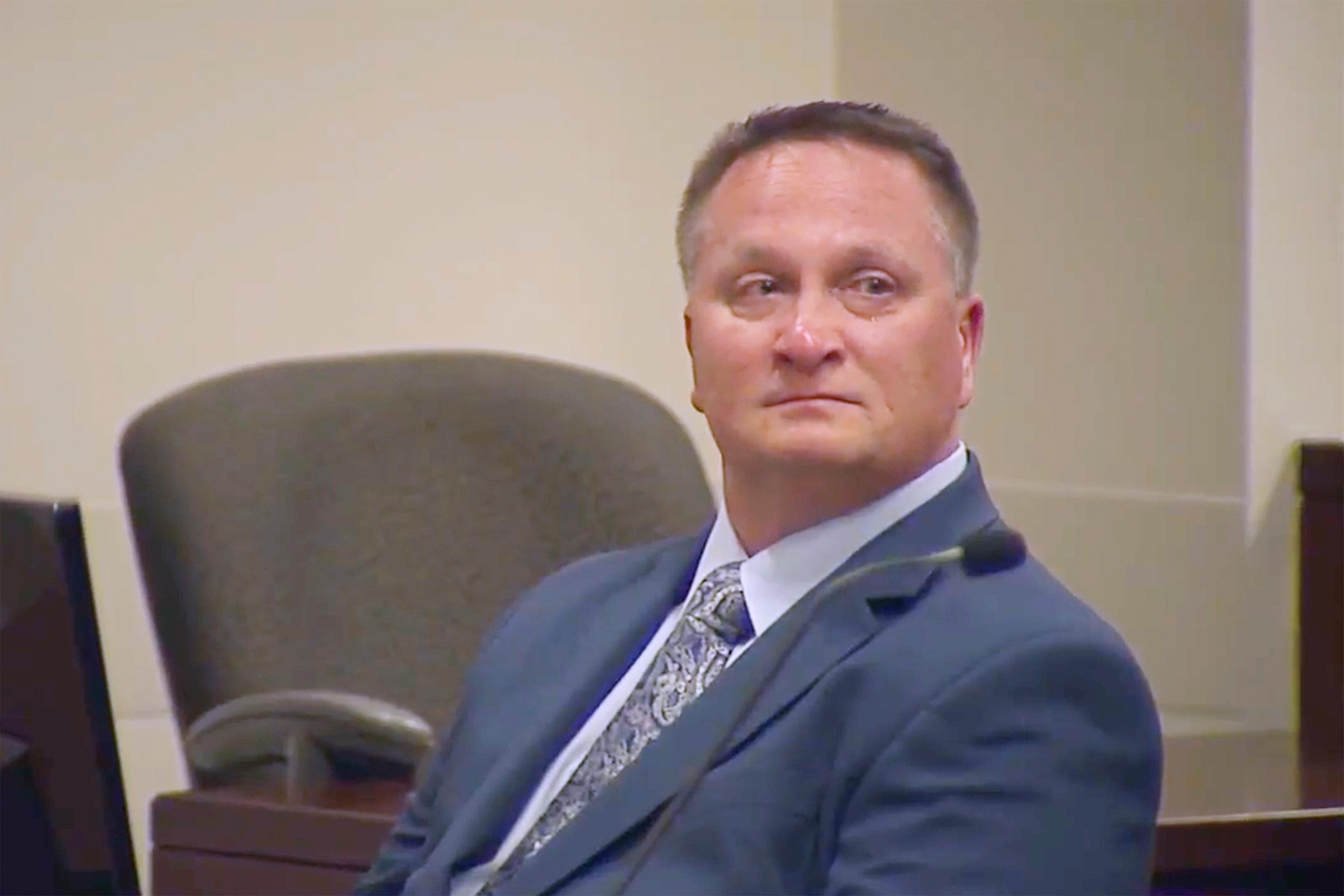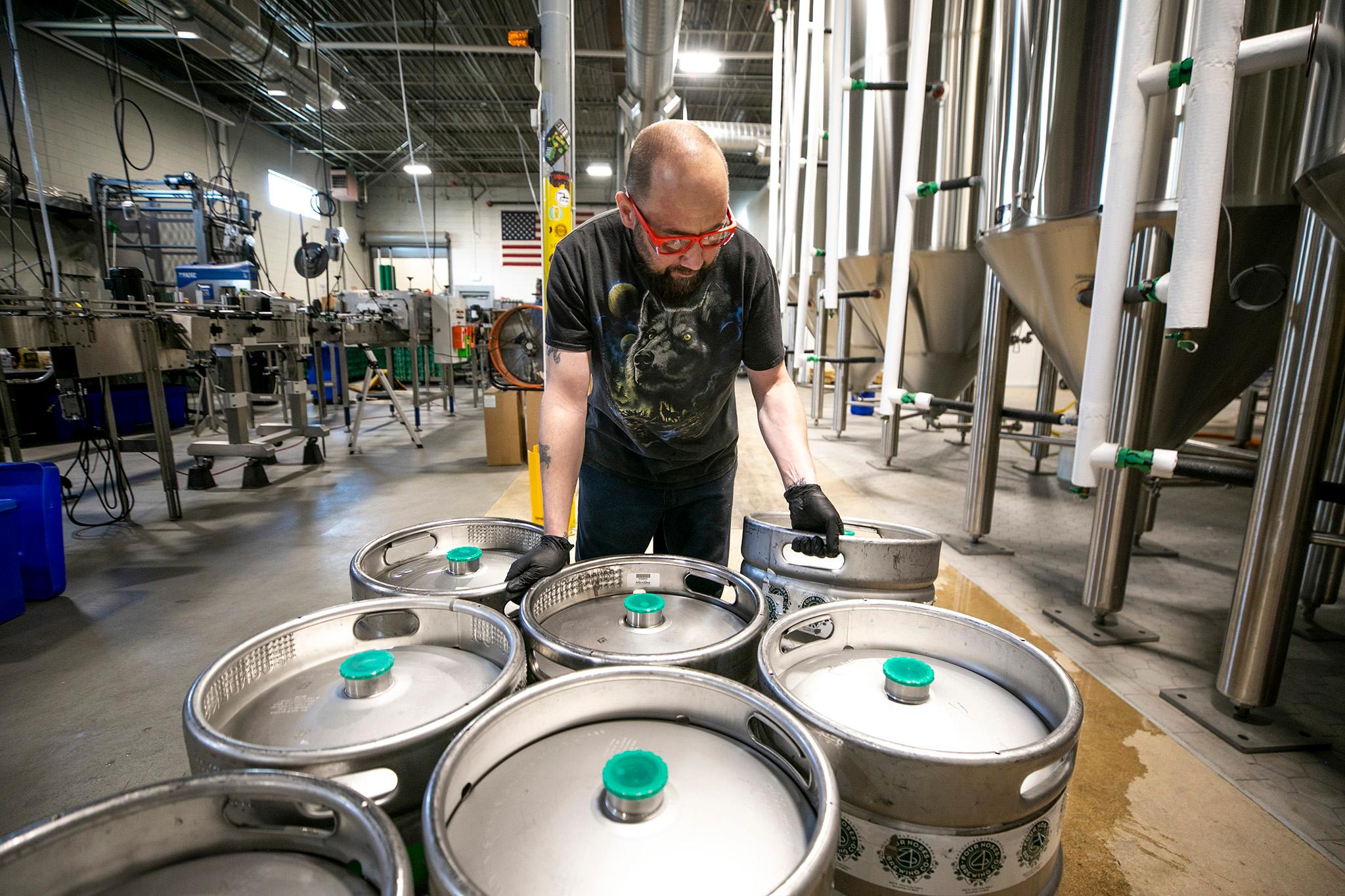
Colorado could stand to benefit from $711 million in economic activity if it built a high-speed transit along I-70 through the mountain corridor, but funding for transportation remains a challenge.
A study that was produced by Development Research Partners evaluated the possible economic impacts of the changes in visitor, business and resident spending patterns that could result from the addition of a high-speed transit option. It was funded by the I-70 Coalition and nine other organizations including the Colorado Department of Transportation and Eagle, Clear Creek, Summit and Denver counties.
The study also found that the high-speed transit could bring in new residents, jobs, which would increase spending and tax revenue in the area.
The study is yet another piece of a 2011 plan for the I-70 Mountain Corridor that was created by CDOT, the Federal Highways Administration and Colorado stakeholders. The I-70 Record of Decision identified a three-prong solution to increase mobility, reduce congestion and improve safety on I-70 in the mountains. The solution included high-speed transit, non-infrastructure components and highway improvements.
Economic impact studies are often used to support a conclusion that has already been reached, according to Geoffrey Propheter, assistant professor of public policy at the University of Colorado Denver. It doesn’t mean the study is inaccurate, but he did caution against taking the $711 million figure at face value.
“Uninformed consumers of these reports will read that and equate that to some sort of estimate for the amount of money that’s going to make it back into resident’s pockets or the amount of money that’s going to make it into local government coffers, and that’s not what it is,” Propheter said. “Economic impact is just an estimate of the money changing hands.”
Whether high-speed transit would generate the kind of economic activity the report forecasts is ultimately impossible to tell unless the high-speed transit is built, but without funding, that won’t happen anytime soon.
“We have multiple projects that are designed and literally on the shelf -- they're shovel-ready, ready to go, and we are awaiting funding,” said Margaret Bowes, director of the I-70 Coalition. “I know I sound like a broken record, but funding is the hold up on many, many I-70 improvements.”
In Colorado, the majority of funding for transportation infrastructure comes from the state gas tax, which hasn’t been raised in nearly 30 years and has about half the purchasing power it did in 1991.
“We know through traffic modeling and analysis that building additional lanes alone will not meet our needs into the year 2050, which is not that far away,” Bowes said. “We absolutely need some highway improvements.”
She said that the state could build six lanes through the mountain corridor, but that wouldn’t solve the problem. “In a number of years it will reach the same level of congestion we have today. High-speed transit is a more sustainable solution,” Bowes said.
Last year, two ballot measures were introduced to address transportation funding issues. Proposition 109 was was a $3.5 billion borrowing measure that would have required the state dip into its general fund for bond payments and was strictly for highway projects. Proposition 110, on the other hand, would’ve increased taxes 0.62 percent, which would have resulted in $767 million in the first year, and more than $20 billion over two decades.
Neither passed, but lawmakers did add $70 million to transportation during this year’s budget approval -- bringing the total to $300 million. How those funds will be allocated has not yet been determined.
For residents in Clear Creek County, which experiences the bulk of I-70 congestion, high-speed transit could reduce the traffic on frontage roads, making it easier for residents and emergency vehicles to get around town.
But high-speed transit could also have a positive impact on the environment by reducing carbon emissions and the energy expenditures of people driving through the corridor, according to Randy Wheelock, Clear Creek County commissioner.
“I think that everything that we do should be fiscally responsible and that includes looking at transit,” Wheelock said. “This study is really about telling us whether this is a viable and appropriate thing to do with regard to our economy and our communities, so it tells us a piece of the picture.”
Editor's Note: This story has been updated to correct the spelling of Randy Wheelock's last name.









